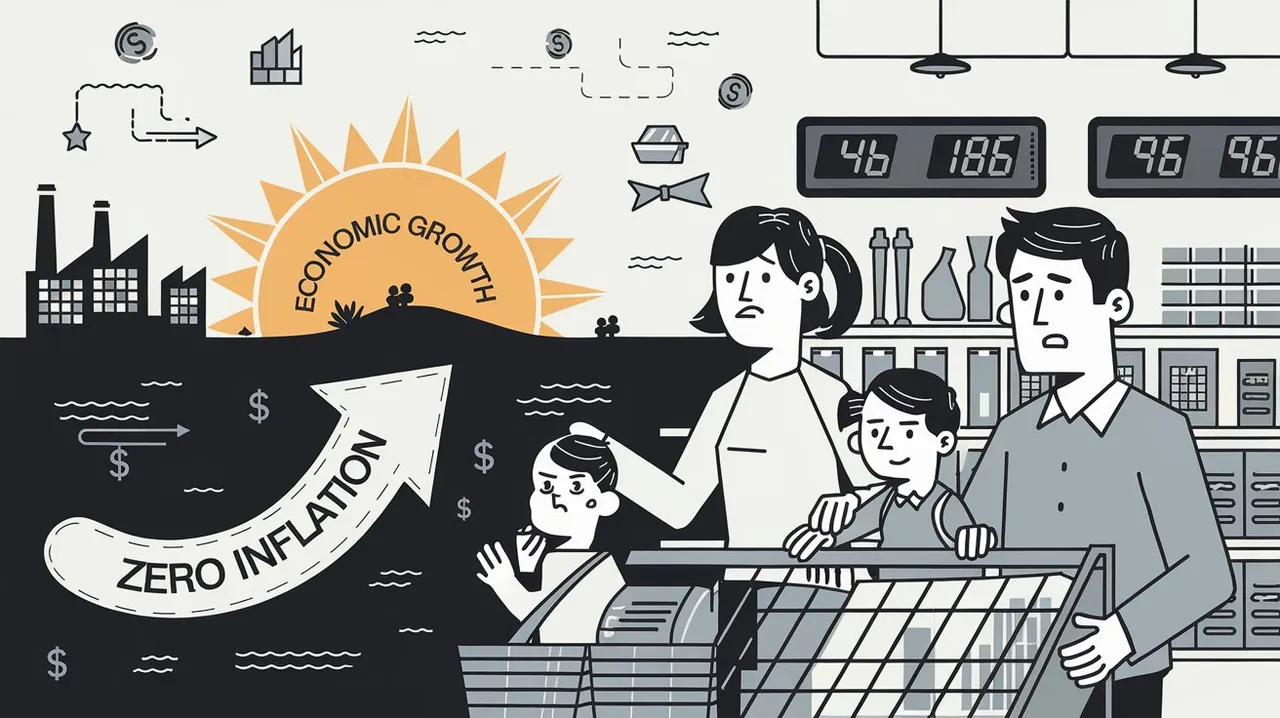
Why Prices Can’t Stay Constant Forever
Have you ever wondered why prices don’t remain fixed? It might sound appealing to imagine a world without rising costs, but economic principles and realities make this impossible. Let’s explore the reasons in simple terms.
The Influence of Supply and Demand
Prices are shaped by supply and demand. If something is in high demand but limited in availability, its price will rise. On the other hand, when supply exceeds demand, prices tend to drop. Because these forces are always shifting—due to innovations, natural events, or global market changes—prices fluctuate naturally.Economic Growth Drives Change
When economies grow, people usually earn more money. As wages rise, workers have more spending power. This creates greater demand for goods and services, leading businesses to increase prices. This cycle, known as demand-driven inflation, reflects progress and economic development.Rising Production Costs
Businesses often adjust prices to account for higher costs. If raw materials, energy, or labor costs rise, these increases are passed on to consumers. Known as cost-push inflation, this ensures companies can sustain operations without financial losses.

Why Zero Inflation Isn’t Ideal
Aiming for zero inflation may seem logical but can have unintended consequences. Slight inflation encourages people to spend rather than hoard money. If prices never increased, businesses might slow down expansion and innovation, and consumers might delay purchases. This could harm economic growth, leading to stagnation.Central Banks and Controlled Inflation
Institutions like the Reserve Bank of India or the U.S. Federal Reserve aim for moderate inflation, usually around 2%. This steady increase keeps the economy balanced and vibrant. Zero inflation, however, would hinder the flow of money and weaken growth.External Global Factors
Global influences like oil supply disruptions, trade wars, or currency fluctuations also impact prices. For example, if transportation costs rise globally, the price of everyday goods increases, regardless of local factors.
The Bottom Line
Prices can’t remain constant because economies evolve. The costs of resources, people’s needs, and technological advancements are always changing. Moderate inflation is essential for progress, ensuring economic stability while encouraging spending and innovation.
A world without inflation might sound ideal, but it would create more challenges than solutions. Understanding these dynamics helps us appreciate why gradual price increases are a sign of a thriving, adaptable economy.